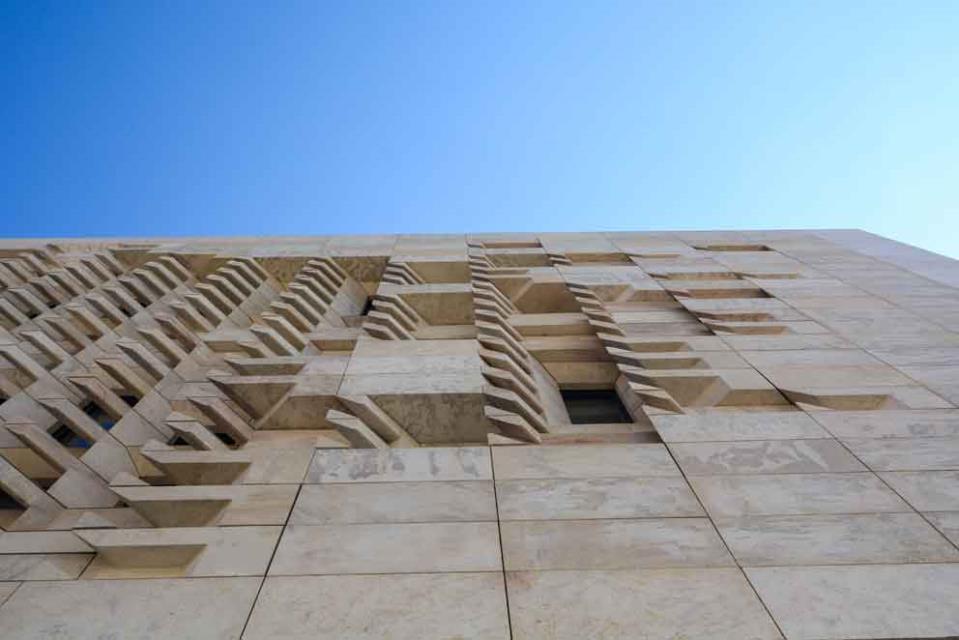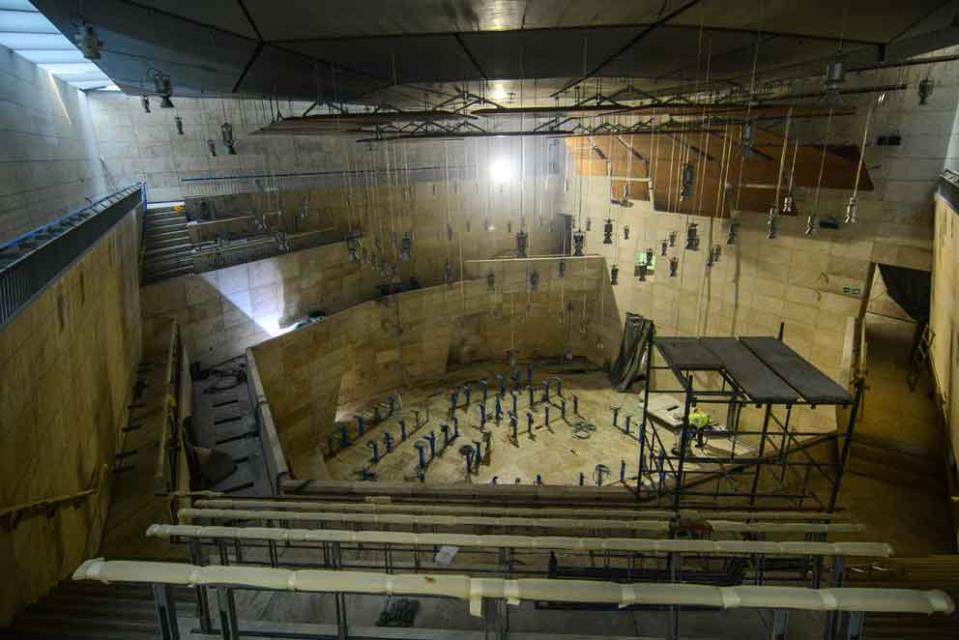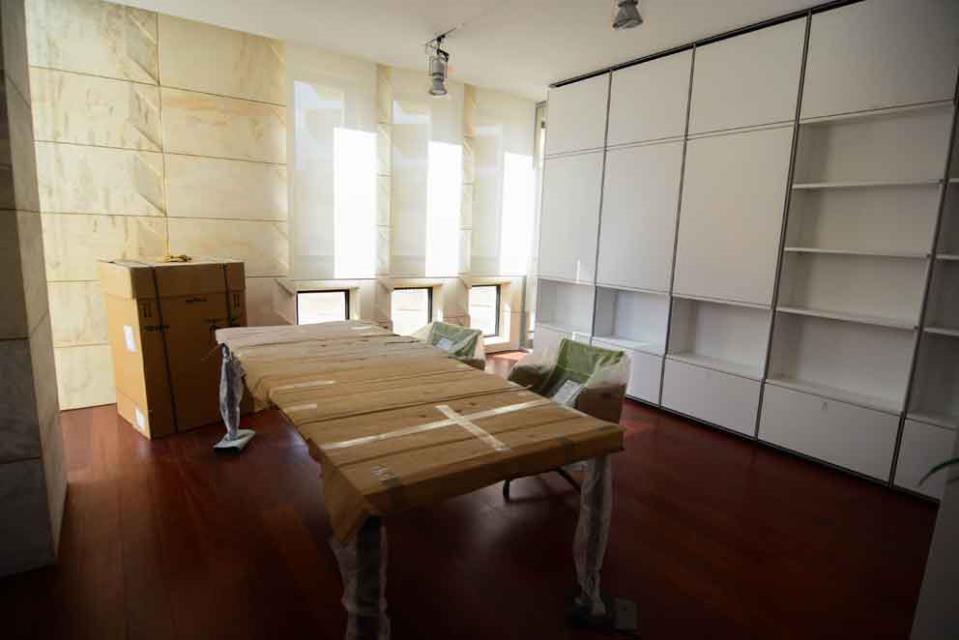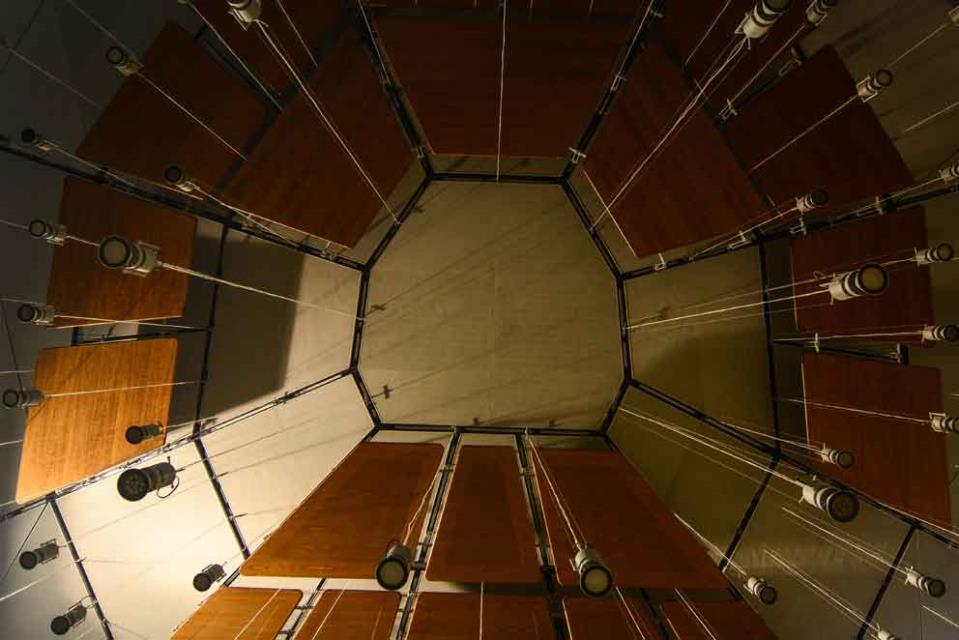The government is so far refusing to commit to a date as to when members of parliament will be moving into the new parliamentary building.
Prior to the Christmas recess, which started on December 18, MPs expressed hopes that following the holidays they would meet in the new building. However, tonight, as parliament resumes its work, MPs will be meeting again at the palace in Valletta.
Initially, the building was supposed to have been ready in time for the return of Members of Parliament after the summer recess on 13 October, but this was not the case, despite the infrastructure ministry saying the progress was on track. As a result, contractors started facing a daily fine for the delay. In November, the deadline was again stretched after an issue with oversized furniture.

Replying to questions sent by The Malta Independent on Sunday, the Ministry for Transport and Infrastructure did not provide an indication on when the transfer will take place, limiting itself to say that the Grand Harbour Regeneration Corporation (GHRC) will be giving an update of works to the House Business Committee, so that a final decision will be taken. The ministry added that a number of important milestones in the completion of works were achieved prior to the Christmas festivities.
Speaker of the House Anglu Farrugia also said he cannot confirm when sittings will start to be held in the new building, saying he has not yet been informed. Valletta mayor Alexei Dingli said that he has not yet been contacted regarding the official opening of the parliamentary building.

The new building
The new building consists of North and South blocks. The speaker of the house is to enjoy a spectacular view of Valletta from the top floor, which is exclusive to his staff. The south block includes the offices for the Prime Minister, the leader of the opposition and ministers, as well as committee rooms.
The room raising most interest is the chamber itself, where MPs will sit for parliamentary sessions. The chamber is spread across three floors, the first for MPs themselves, the second for the press, and the third floor for the general public. The audience, thus, will be overlooking parliamentary sessions held on the first floor.

The specifications set were very high and detailed, both in terms of design and acoustic, and construction workers needed to thoroughly study the plan before acting upon it, Dr Zrinzo Azzopardi explained to The Malta Independent.
On the facade of the parliament building, thousands of metal structures were used to adjoin the stones visible from the outside. The stone has been sculpted in such a manner that it filters solar radiation while allowing natural daylight inside. The stone being used was first excavated from a quarry, and then selected at a local company before being sent to Italy to be crafted. Finally, it was sent back to Malta to be put in place.

Geothermal bores have been sunk into rocks into rocks to depths of 140m, allowing for natural heat exchange. One hall at the lower ground of the building will be used for art exhibitions, which will be open for the general public. It is estimated that across the whole building, 35km of cable wire has been used.

Photos Jonathan Borg